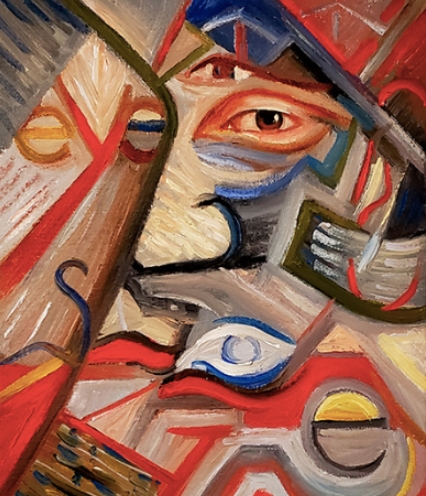Unveiling the Inner Self: Exploring Cubism in Self-Portraits
Discovering the Complexities of Self-Representation through Cubism
Cubism, a revolutionary art movement that emerged in the early 20th century, is known for its fragmented and abstract representations of subjects. When applied to self-portraiture, Cubism offers a unique lens through which artists can explore the complexities of their inner selves.
Breaking Down Traditional Notions of Self-Reflection
In traditional self-portraits, artists often strive to capture a realistic likeness of themselves. However, Cubism challenges this notion by breaking down the human form into geometric shapes and reassembling them in unexpected ways. This approach allows artists to delve beyond surface appearances and delve deep into the layers of their subconscious.
Shifting Perspectives and Fragmented Identities
Through the use of multiple perspectives and fragmented forms, Cubist self-portraits offer a multifaceted view of the self. Artists can present different facets of their personalities, emotions, and experiences in a single composition, creating a dynamic and layered representation of their inner selves.
Exploring the Fluidity of Identity and Self-Perception
Cubism also encourages artists to question the stability of identity and self-perception. By deconstructing and reconstructing their own images, artists can challenge conventional notions of selfhood and explore the fluidity of identity in a rapidly changing world.
Revealing the Unconscious and the Sublime
In Cubist self-portraits, artists have the opportunity to unveil aspects of their unconscious minds and tap into the sublime. The fragmented and abstract nature of Cubism allows for the exploration of deeper psychological layers, revealing hidden emotions, fears, and desires that may be lurking beneath the surface.
Embracing the Uncertainty and Ambiguity of Self-Exploration
Ultimately, Cubism in self-portraits offers a space for artists to embrace uncertainty and ambiguity in their exploration of the self. By relinquishing the need for a clear and coherent representation, artists can delve into the mysterious and enigmatic aspects of their inner worlds, creating artworks that challenge viewers to contemplate the complexities of human existence.
In conclusion, Cubism in self-portraiture provides a rich and fertile ground for artists to unveil their inner selves in all its complexity and depth. Through fragmented forms, shifting perspectives, and fluid identities, artists can embark on a journey of self-discovery that is both challenging and rewarding.



